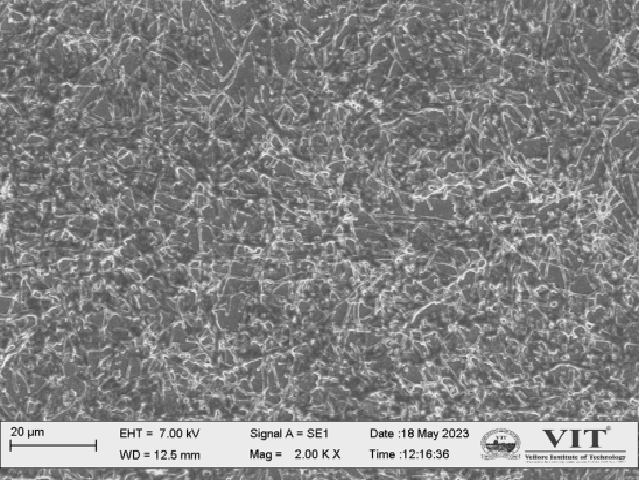Isolation and characterization of Gram-positive and Gram-negative Bacterial Membrane Vesicles using Poly Ethylene Glycol Method
DOI:
https://doi.org/10.5530/ctbp.2023.3s.64Keywords:
Membrane vesicles, Isolation, Characterization, Lactobacillus acidophilus, Pseudomonas syringaeAbstract
Membrane vesicle secretion was predicted earlier as a method of elimination of proteins, lipids, and RNA from the cell. At present vesicles are thought to be a brand-new type of intercellular communication and they are playing a crucial role in numerous physiological and pathological processes. However, in this expanding field, much remains unknown regarding the origin, biogenesis, secretion, target and fate of these vesicles. Vesicle research might become a more established field as a result of a complete understanding of the isolation and analysis techniques currently in use, making it possible to utilize membrane vesicles in therapeutic settings. Thus, standardization of the isolation of vesicles is in great need. This research article deals with the isolation and characterization of two distinct bacterial species-derived membrane vesicles namely, Lactobacillus acidophilus a human gut Bacterial MVs and Pseudomonas syringae, a model phytopathogen.



